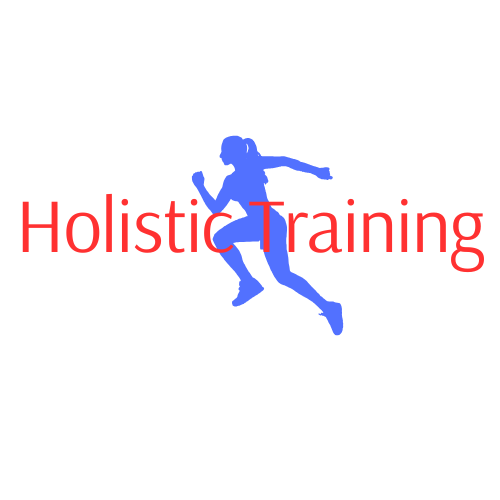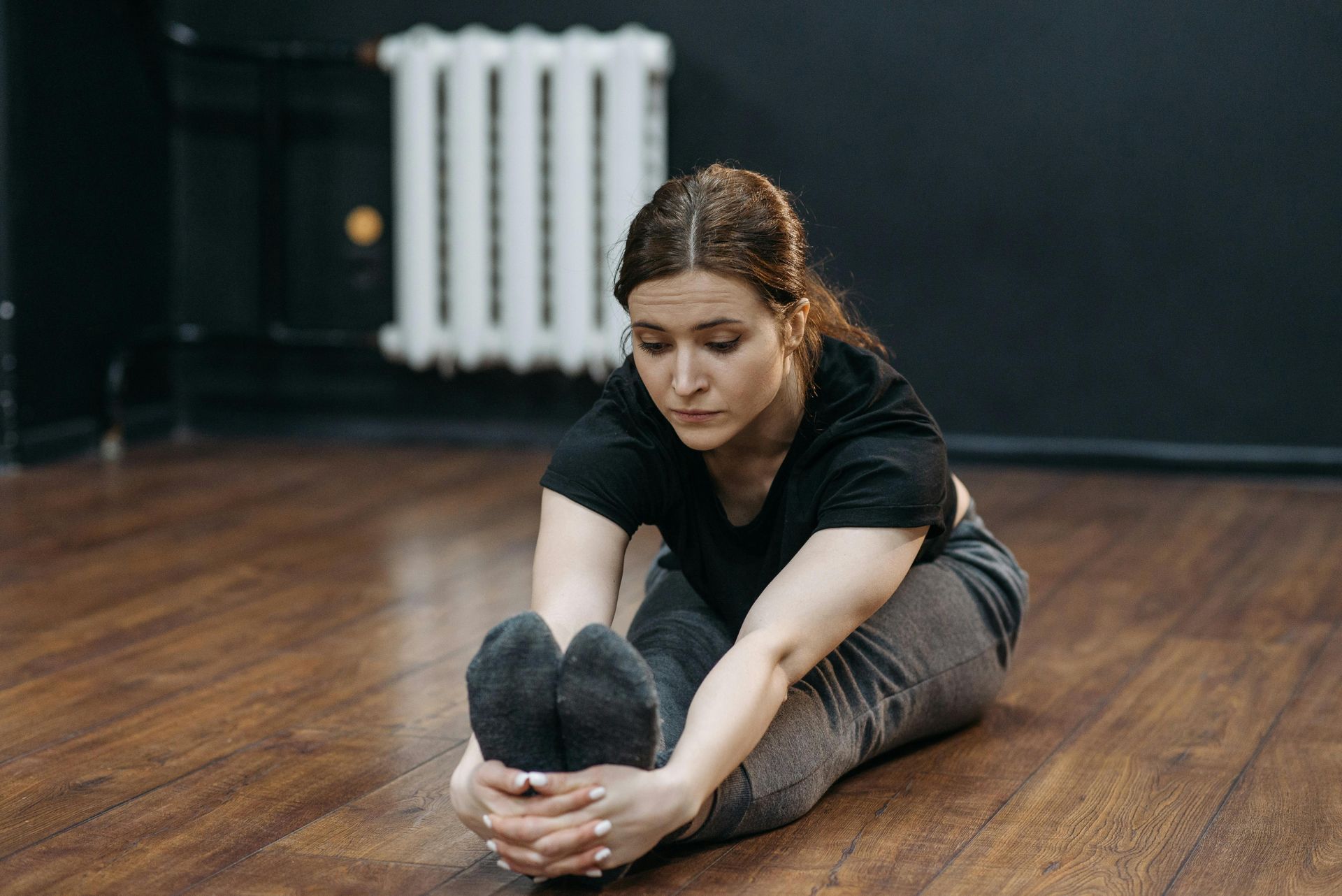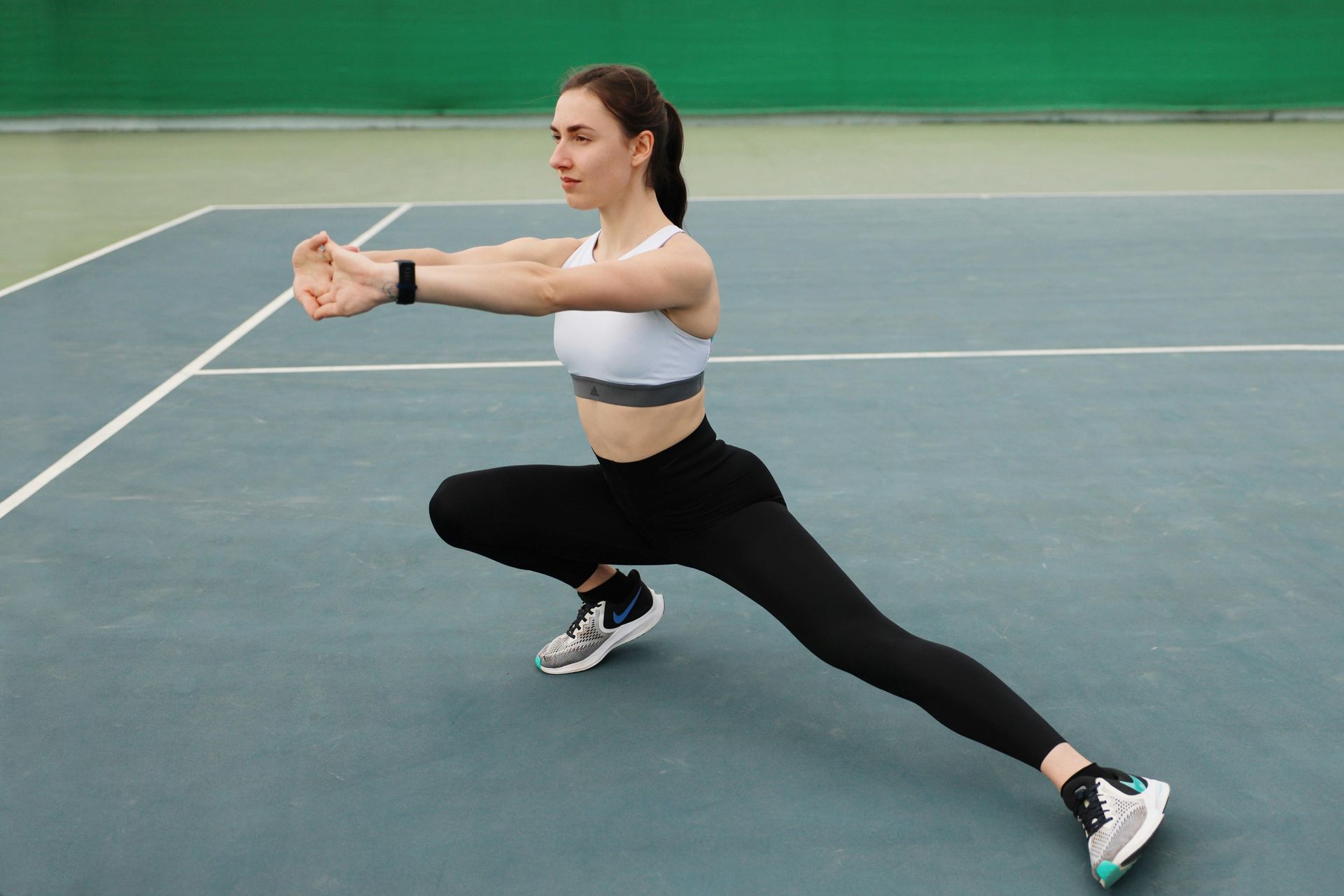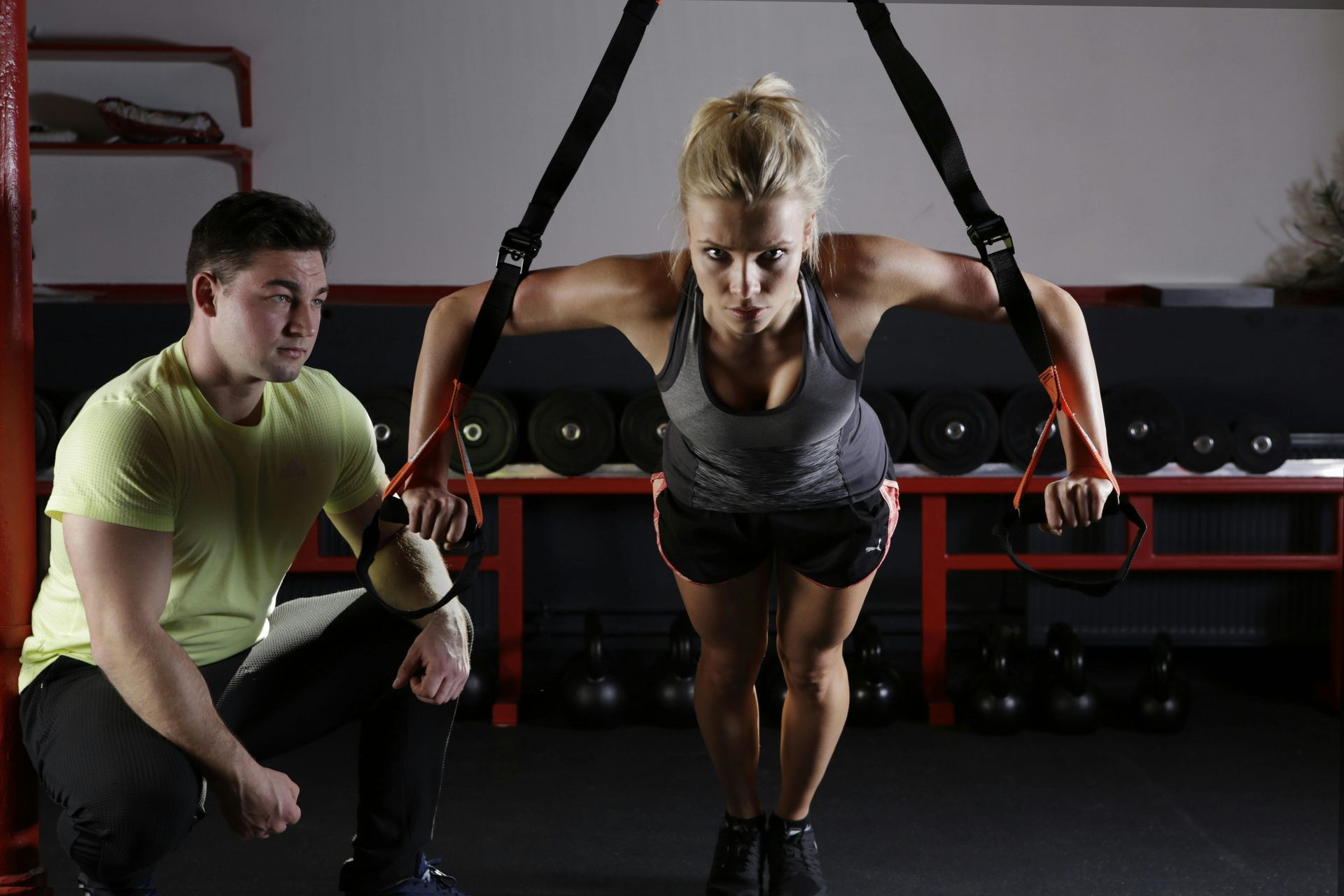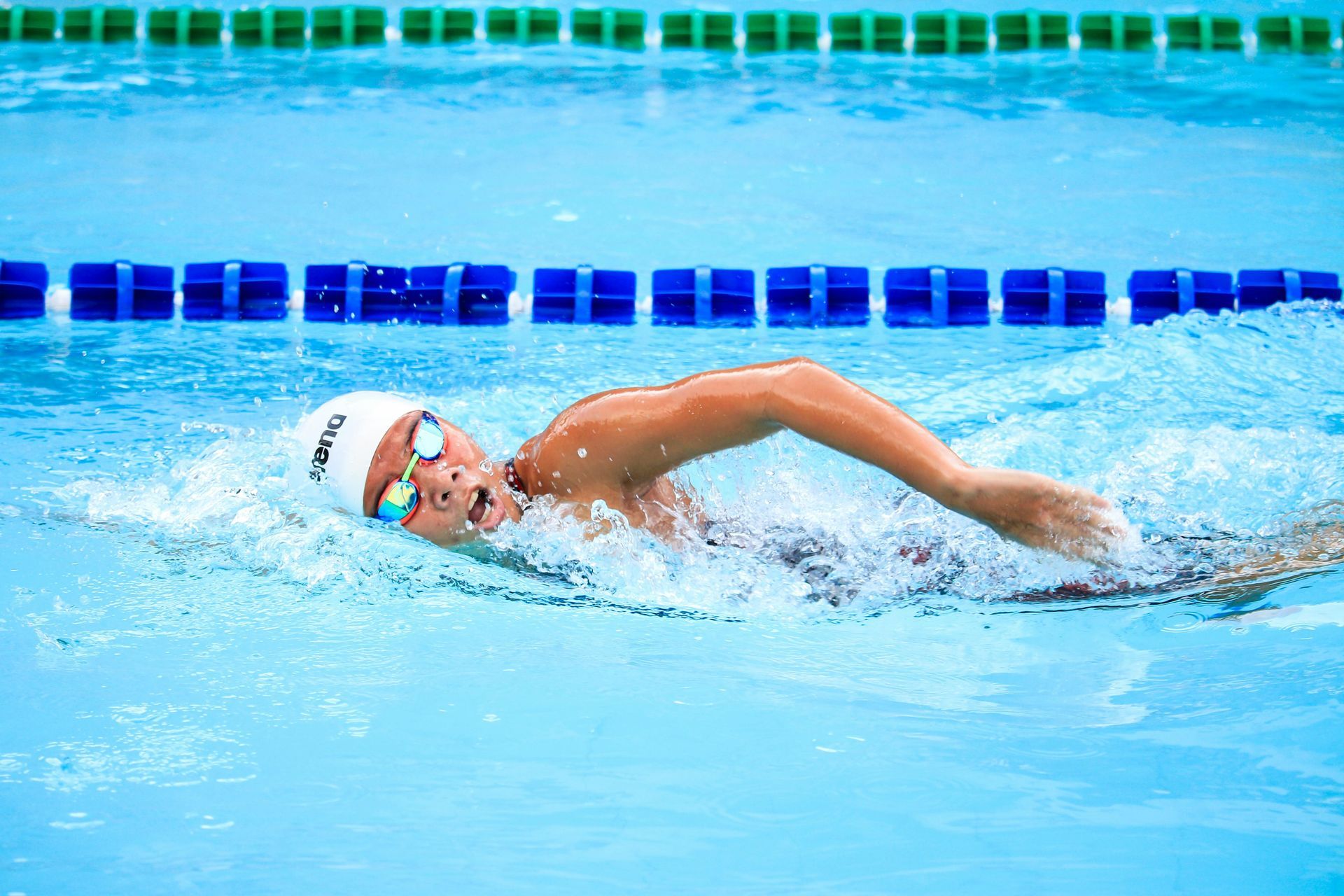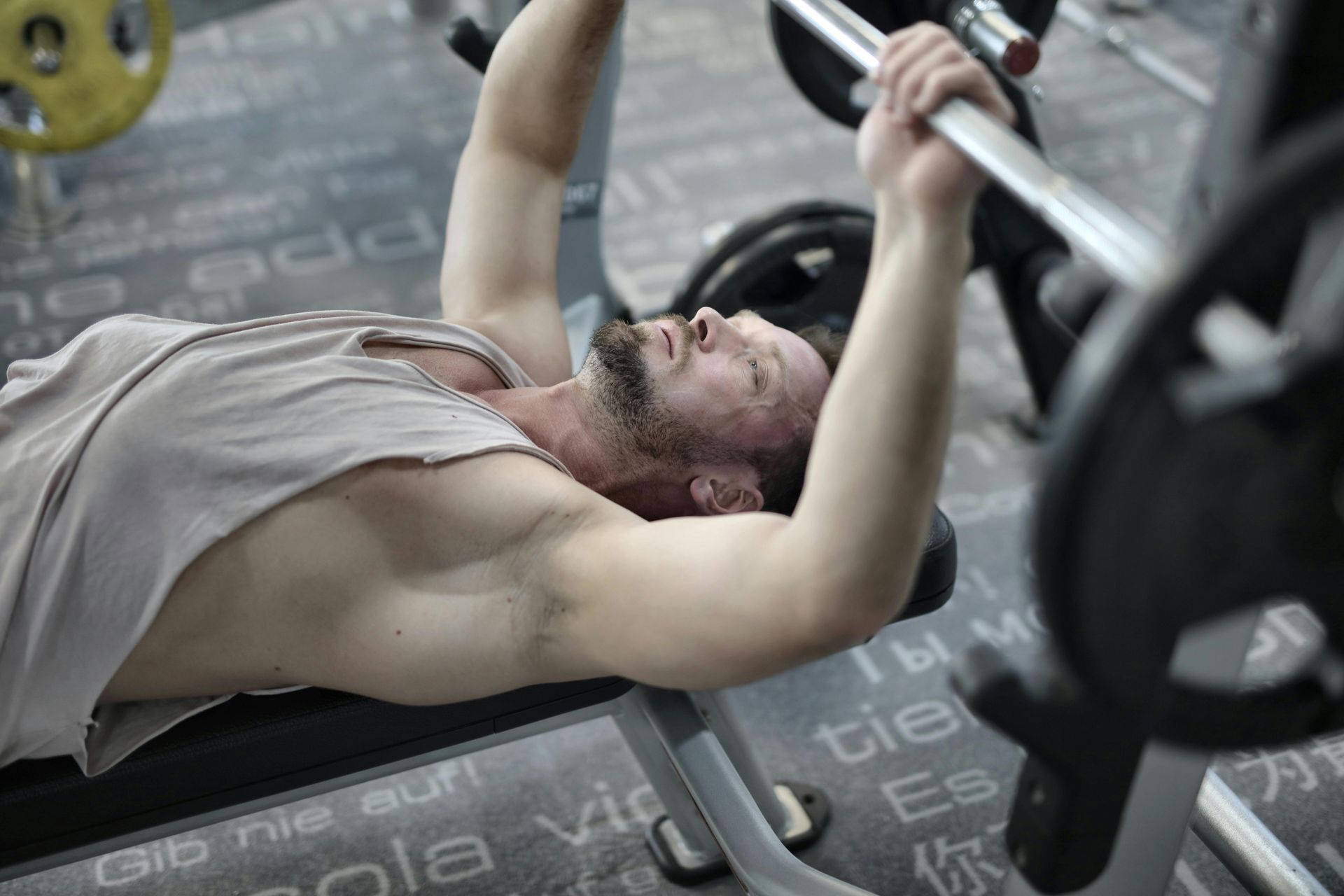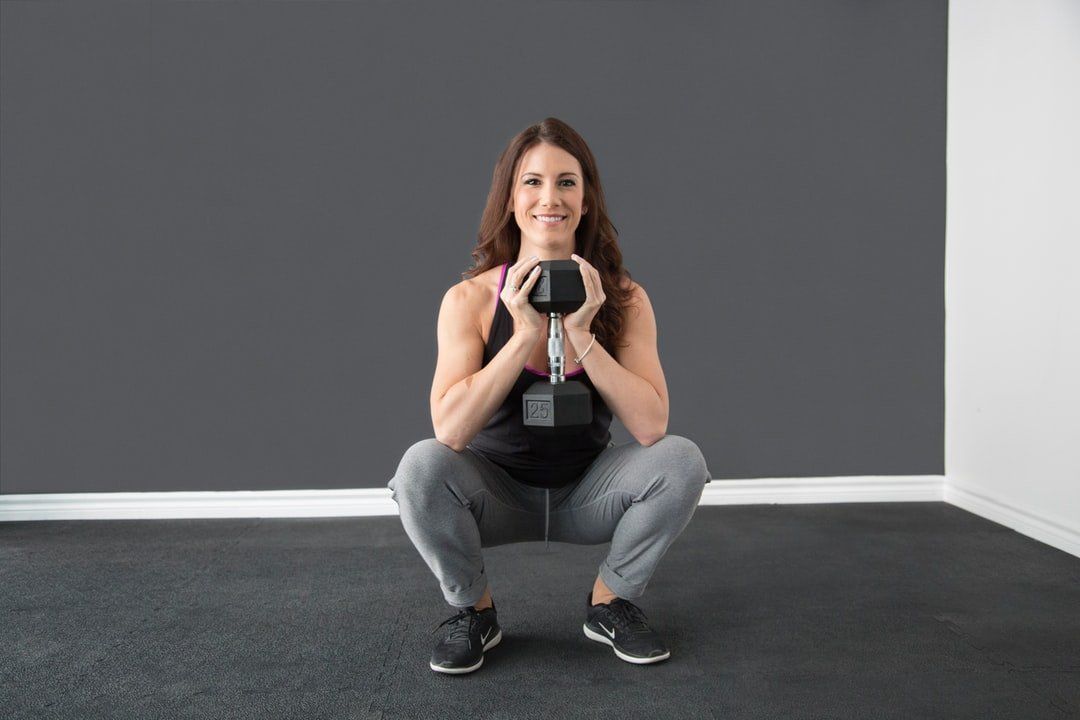A Protein Guide for Beginners
Some basics

Protein, like carbohydrate and fat, is considered a macronutrient, or a nutrient that is required in large amounts in one's diet. Individual proteins are large, complex molecules that are essential for virtually all biological processes within a living organism. Structurally, they are considered polymers, or long chains made up of repeating smaller units called monomers. Monomers for proteins are called amino acids. Amino acids are linked together in specific sequences by chemical bonds known as peptide bonds to form long chains called polypeptides. A functional protein may consist of one or more polypeptide chains.
There are 20 common
amino acids used to build protein in human organisms. The specific sequence of these amino acids determines the protein’s structure and function. There are 9 amino acids that humans cannot synthesize either at all or in sufficient amounts and, thus, must be obtained from the diet. These are known as essential amino acids. Non-essential amino acids are the remaining 11 amino acids that the body can synthesize. Some non-essential amino acids can become essential under specific conditions, such as illness or
stress.
Proteins can serve a variety of functions including acting as
biological catalysts, or enzymes, that speed up biochemical reactions. They can bind and
carry molecules within cells throughout the body. They can act as part of the
immune system as antibodies. Some hormones are proteins that act as chemical messengers and others serve as their receptors. They are also involved in regulating
gene expression. However, the most relevant functions they serve for our purposes is a structural component and its role in movement. Proteins provide shape, support, and strength to cells and tissues, including muscle. And, of course, it’s involved in muscle actions.
Protein is found in both animal products and plant products and they come in two types: complete and incomplete proteins. A complete protein is typically found in animal sources and some plant sources like soy. It contains all 9 essential amino acids in adequate portions. An incomplete protein is low in one or more essential amino acids. However, consuming a variety of plant sources throughout the day can provide a complete amino acid profile, so
vegetarians and vegans do not need to worry.
Dietary proteins are denatured (unfolded) by stomach acid and then broken down into individual amino acids and small peptides by enzymes in the stomach and small intestine. These amino acids are then absorbed into the bloodstream and transported to cells for use. Animal proteins are generally more bioavailable (digestible) than
plant proteins are. Thus, due to differences in bioavailability and amino acid profile, vegetarians, vegans, or anyone on a plant-based diet may need to consume more protein to make up for these differences.
Muscle Protein Synthesis
Muscle Protein Synthesis (MPS) is the process by which muscle cells build new proteins. It involves transcription (copying genetic material for specific muscle proteins from DNA into messenger RNA or mRNA), translation (ribosomes reading the mRNA code and assembling amino acids into new protein chains), and incorporation (newly synthesized proteins are then incorporated into muscle fibers). MPS is crucial for muscle adaptation and repair, muscle growth (hypertrophy), and maintenance.
As I mentioned in “How to Build Muscle”, the main trigger for MPS is
mechanical tension, often in the form of resistance training. Consuming dietary protein provides the necessary amino acids and the presence of amino acids, especially leucine, signals muscle cells to increase MPS via the mTOR pathway.
Optimal MPS requires sufficient essential amino acids, especially
leucine, from dietary protein. It also requires adequate energy (calories) as it is a process that requires significant amounts of energy. Consistently
low caloric intake can impair MPS. Lastly, and most importantly, it requires an appropriate stimulus, typically resistance training.
Protein Recommendations
Now you are probably wondering how much protein you should consume to optimize your results. For strength and hypertrophy, you generally want to aim for a daily intake of 0.7-1 gram per pound of body weight (if you are considered “overweight”, then it should be per pound of a reasonable goal weight). However, more recent evidence suggests that optimal protein intake may be higher (about 1-1.3 grams per pound of bodyweight). Generally speaking, and for practical reasons, 1 gram per pound should be fine for the overwhelming majority of people.
While recent
evidence suggests protein timing and daily intake distribution isn’t as critical as used to be thought, it is still a good idea to distribute protein intake throughout the day (e.g., 20-40 grams per meal) to maximize muscle protein synthesis (MPS) for practical reasons. For example, my daily protein intake goal is a range from 150-190 grams. I usually get 60 grams at breakfast, 30 grams at lunch, drink a protein shake with 50 grams, and have 30 grams at dinner for a total of 170 grams per day. Since I am a
swimmer and not a bodybuilder, this suits my goals just fine.
For endurance athletes (like runners, cyclists, swimmers, triathletes), the optimal protein intake range recommended by current scientific consensus (as of April 9, 2025) differs slightly from that for maximizing strength/hypertrophy, reflecting their different physiological demands. The generally recommended optimal range for endurance athletes is
1.2 to 1.6 grams of protein per kilogram of body weight per day or approximately 0.55 to 0.73 grams per pound of body weight per day. However, more recent research and guidelines, including updates from late 2023 and early 2024, suggest that a slightly higher intake might be beneficial for many endurance athletes. Some sources now recommend a range of 1.4 to
1.8 grams of protein per kilogram of body weight per day, or 0.64 to 0.82 grams per pound of body weight per day. I still lean closer to
1 gram per pound per day because while I am also a swimmer, I still want to make solid gains in strength and muscle growth (or at least prevent muscle protein breakdown as much as possible in certain muscle groups), especially while I am on a
cut. I am more specifically a sprinter, so strength and power are going to be more important for me.
Summary and Conclusion
This guide then delves into protein, defining it as an essential macronutrient composed of amino acids, vital for numerous functions including muscle structure and movement. It discusses dietary sources (animal/plant) and complete vs. incomplete proteins. Muscle Protein Synthesis (MPS), the process of building muscle crucial for adaptation, repair, and growth, is explained, highlighting its primary triggers: resistance training (mechanical tension) and protein/leucine intake. Finally, specific protein intake recommendations are provided based on scientific consensus: 1.2-1.6 g/kg (0.55-0.73 g/lb) daily for endurance athletes, and a higher range for strength/hypertrophy, noted as 0.7-1 g/lb, potentially up to 1-1.3 g/lb, with 1 g/lb suggested as a practical daily target for most seeking strength gains. The importance of protein distribution throughout the day is also mentioned.
Protein, as a fundamental building block for muscle repair, growth, and overall function, plays a critical role in achieving fitness goals. By understanding what protein is, how it functions, and MPS, individuals can better appreciate the science behind dietary recommendations. Adhering to the evidence-based daily protein intake ranges provides a solid foundation for supporting training adaptations and optimizing results. Ultimately, utilizing this science-based framework empowers individuals to fuel their bodies effectively and confidently pursue their specific fitness aspirations, whether in strength, endurance, or a combination of disciplines.
Key Takeaways:
Here are the key takeaways:
- Protein is a vital macronutrient: Required in large amounts, composed of amino acids, and essential for virtually all biological processes.
- Amino acids are the building blocks: There are 20 common amino acids, 9 of which are essential (must be obtained from diet) and 11 are non-essential (body can synthesize).
- Protein has diverse functions: Acts as enzymes, transports molecules, functions in the immune system, acts as hormones and receptors, regulates gene expression, and is crucial for structure and movement, especially in muscle.
- Dietary protein sources: Found in both animal (typically complete, containing all 9 essential amino acids) and plant products (can be incomplete, but a variety can provide a complete profile). Animal proteins are generally more bioavailable.
- Digestion of protein: Stomach acid denatures proteins, which are then broken down into amino acids and small peptides in the stomach and small intestine, absorbed into the bloodstream, and transported to cells.
- Muscle Protein Synthesis (MPS): The process of muscle cells building new proteins, crucial for adaptation, repair, growth (hypertrophy), and maintenance.
- Triggers for MPS: Primarily mechanical tension (resistance training) and the consumption of dietary protein, especially the amino acid leucine. Adequate energy (calories) is also required.
- Protein Recommendations for Strength/Hypertrophy: Generally aim for 0.7-1 gram per pound of body weight (or goal weight), with recent evidence suggesting optimal intake may be higher (1-1.3 grams per pound). A practical target for most is 1 gram per pound. Distributing intake (20-40 grams per meal) throughout the day is a good idea.
- Protein Recommendations for Endurance Athletes: Generally recommended range is 1.2 to 1.6 grams per kilogram (0.55 to 0.73 grams per pound) of body weight per day. More recent research suggests a potentially beneficial higher range of 1.4 to 1.8 grams per kilogram (0.64 to 0.82 grams per pound) of body weight per day.
- Protein's Role in Fitness: Understanding protein's function and the process of MPS is key to appreciating dietary recommendations and fueling the body effectively for specific fitness goals (strength, endurance, or both).

